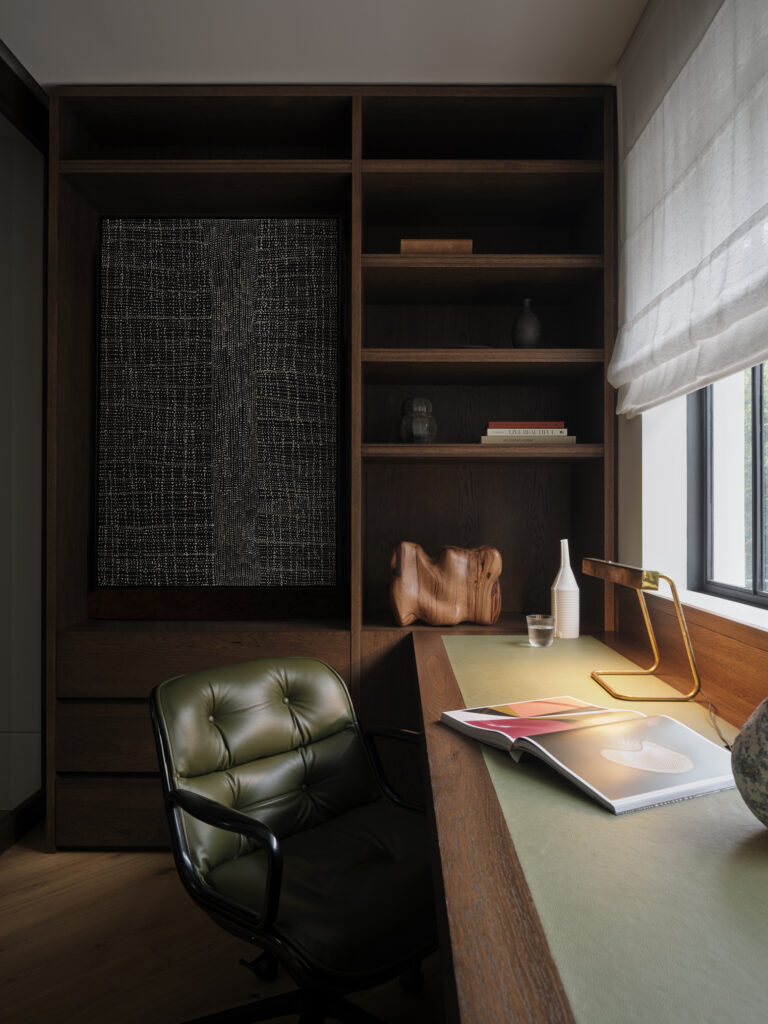
Workspaces are not only meant to boost employee productivity and concentration; these areas should also serve as comfortable spaces that inspire creativity, improve people’s physical and mental health, reduce stress, and increase the overall job satisfaction. Moreover, a thought-out workspace design leaves room for personalization to create a welcoming and incentivizing environment, it considers the importance of ergonomics, fosters teamwork through collaborative spaces, removes unnecessary clutter, and provides inspirational décor. As one of the spaces where we spend most of our time, our working environment- whether at home or in an office building- should reflect the value we have for our jobs, allow us to retain our individuality, and care for our health.
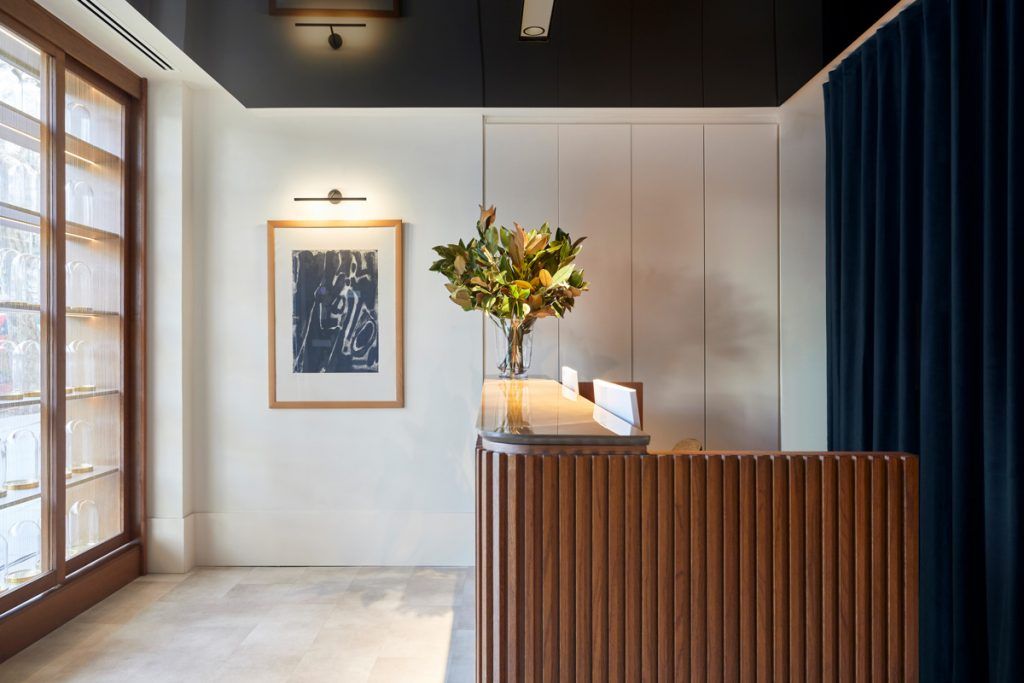
Considering ergonomics
Ergonomics is all about optimizing our interaction with our working or living environment by minimizing discomfort, fatigue, and the risk of injuries while improving our physical and mental health. We can apply this discipline to our workspace interior design by selecting properly designed chairs, desks, and equipment with adjustable features that accommodate different body types and movements.
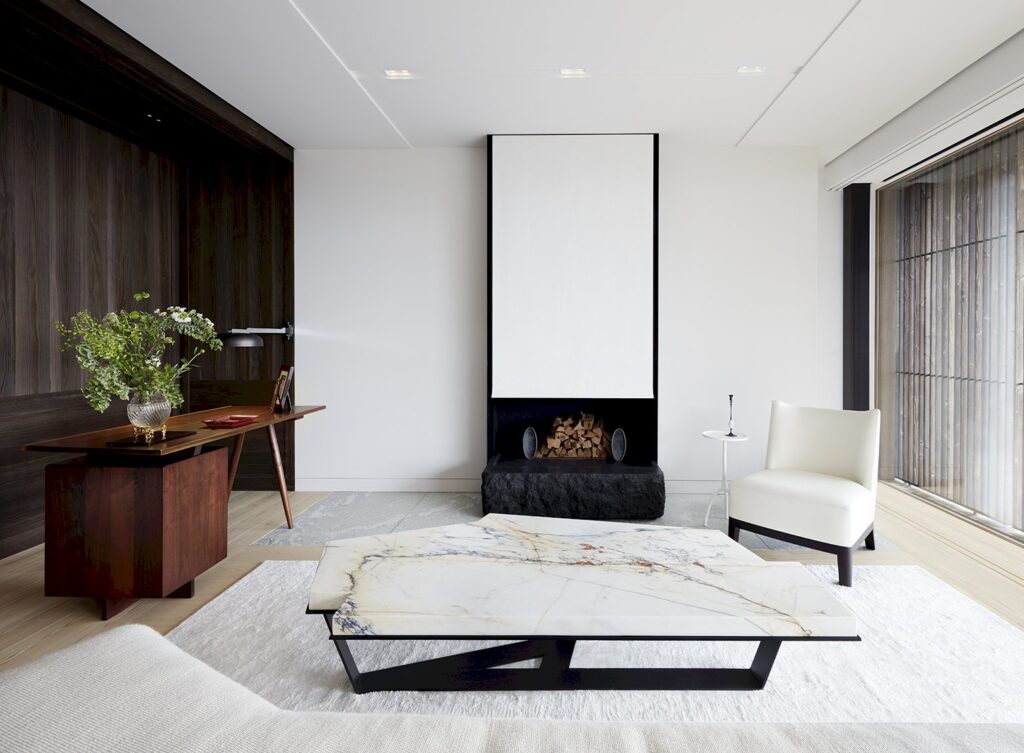
Starting from something as essential as an office chair, we must consider features such as an adjustable seat height, lumbar support, and armrests that allow users to maintain a neutral posture without straining the lower back. Similarly, one may incorporate a height-adjustable desk which encourages more regular movements and reduces the risk of sedentary-related health issues as users can switch from sitting to standing positions throughout the day. Additional features can also include a footrest to help maintain proper leg and lower back posture, or a standing desk stool which serves as a supportive and comfortable option for sit-stand desk users.
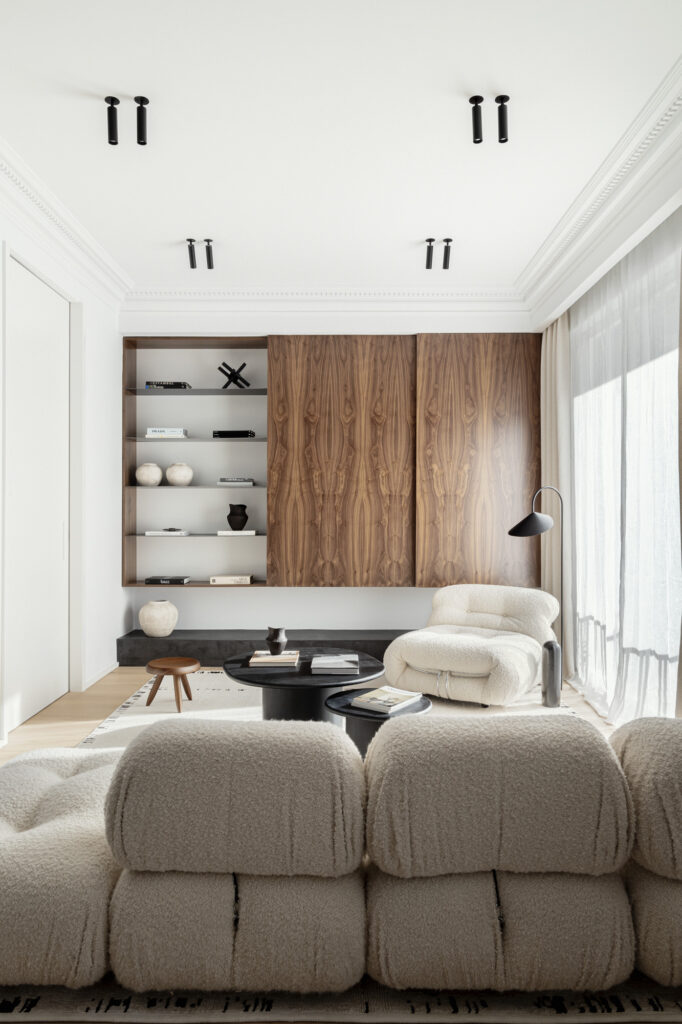
Choosing the right lighting
Of all the different types of lighting, natural lighting still rules as the most effective for productivity. This light is synchronized to our circadian rhythms and helps regulate them while also enhancing our mood, and reducing eye strain. However, in surroundings with little access to natural light, well-planned artificial lighting can also have a positive impact as long as it is neither too harsh nor too dim.
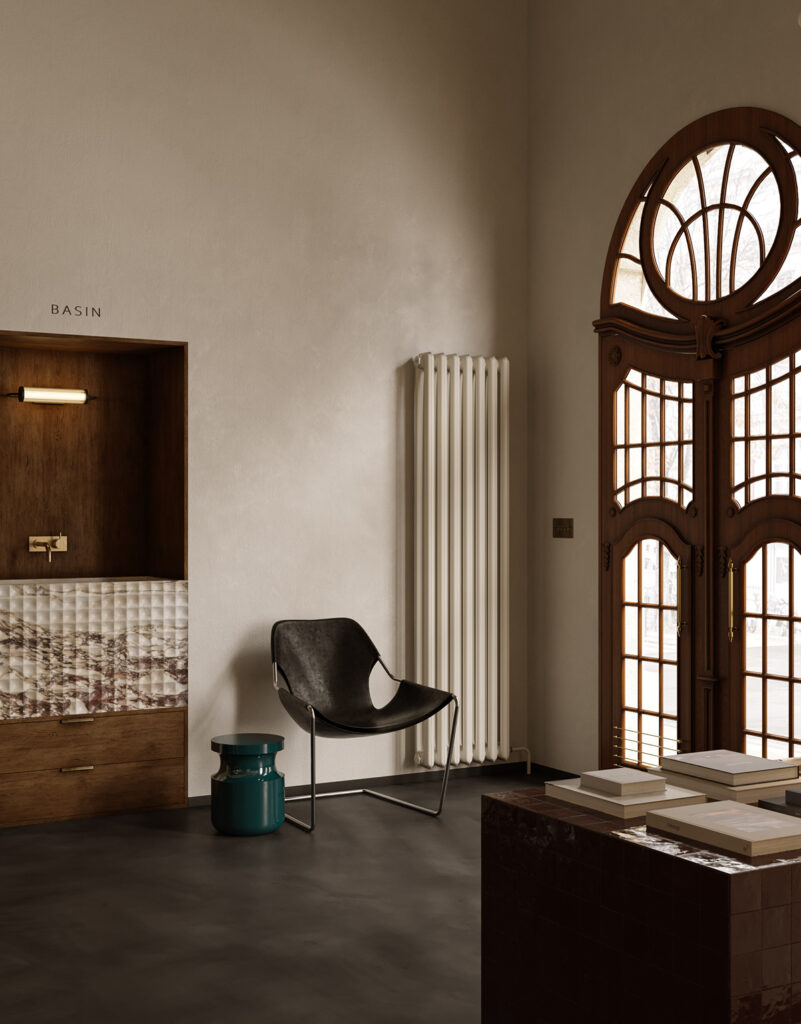
As an example, we suggest task lighting such as adjustable desk lamps or under-cabinet lighting that directs light precisely where you require it. Another approach is to use ambient lighting to illuminate an entire workspace with overhead lighting fixtures like ceiling-mounted lights or pendant lamps. This option is especially useful in larger workspaces and offices with multiple employees. Meanwhile, for smaller or more individual working areas, one can benefit better from indirect lighting as it creates a softer, more diffused glow.
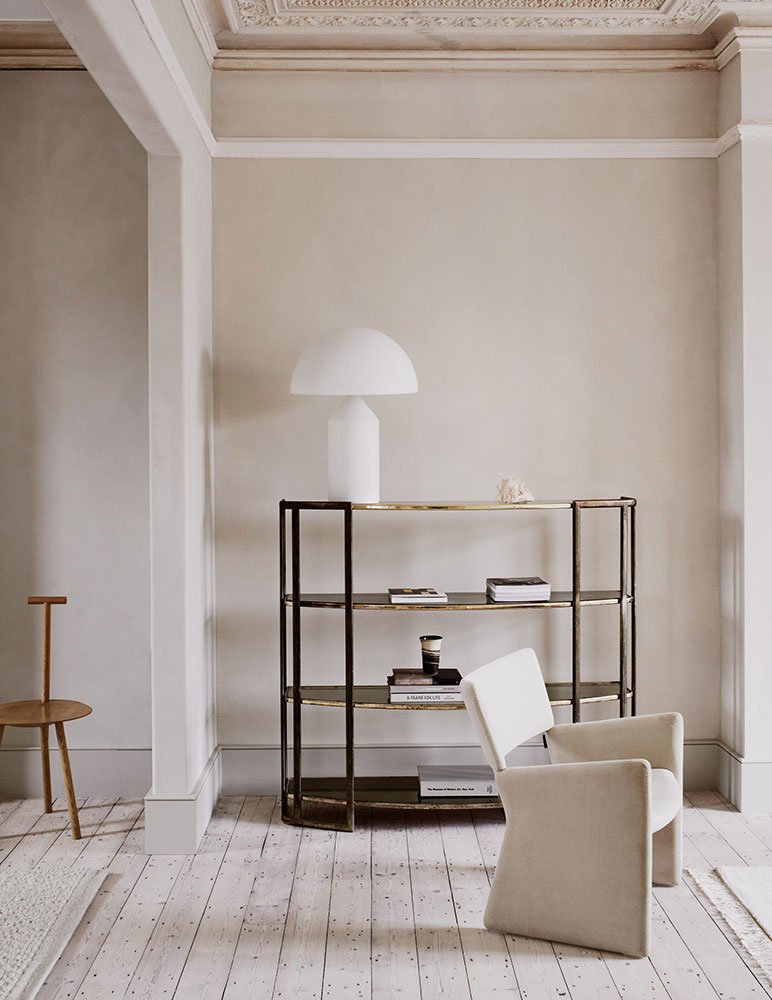
The value of collaborative spaces
At times when individual focus does not yield the results we expect, one can always seek a refreshingly new perspective in collaborative settings that have been well designed to foster teamwork and creativity. In spaces such as comfortable meeting rooms, dynamic breakout areas, or shared settings, one can encourage the sharing of ideas and brainstorming among colleagues. These spaces also serve as a reminder that humans are social creatures and as such, we often come up with the best of ideas or solutions within inspired and shared spaces that encourage us to think outside the box.
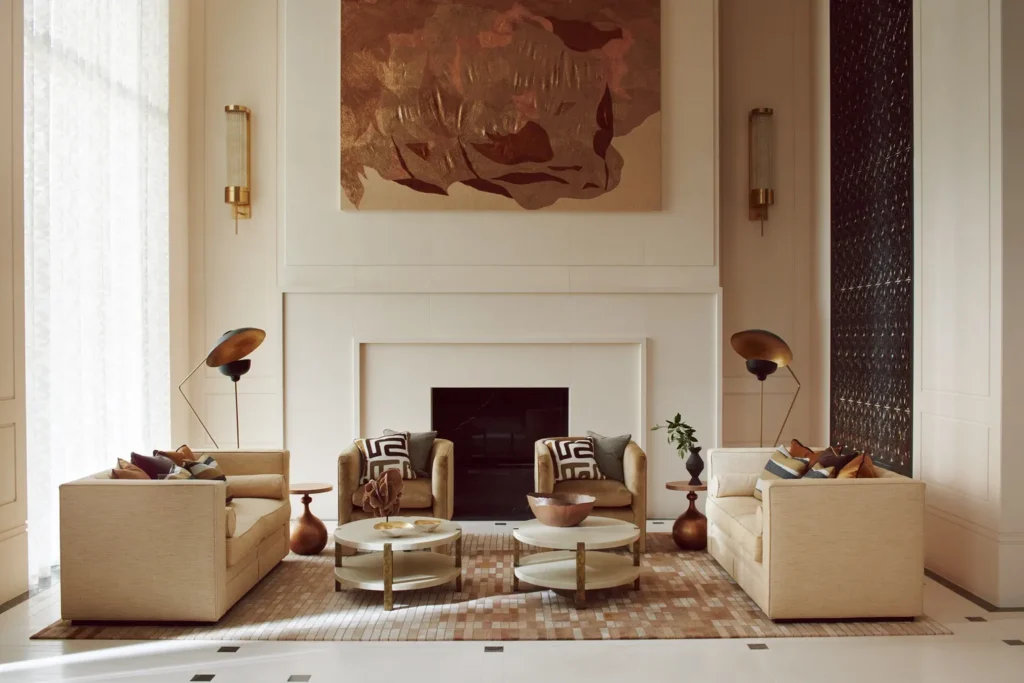
Collaborative spaces must therefore come equipped with a flexible layout where furniture and working materials are arranged to allow easy reconfiguration and adaptability based on different group-sizes and activities. At the same time, these areas often use an open layout that promotes visual connectivity and spontaneous interactions among members rather than established seating which diminish networking or idea sharing. Lastly, beyond the arrangement of a space, collaborative workspaces also rely on furniture like modular seating, shared work tables, and whiteboards which provide various means to express one’s thought to the group and provide immediate feedback.
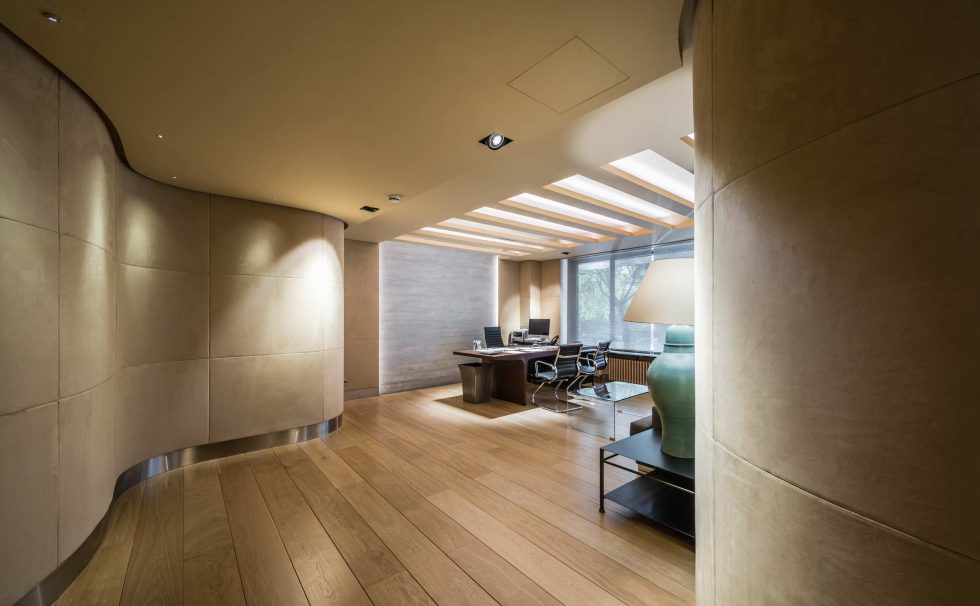
Creating organized spaces
Organization is essential to any setting regardless of whether it is used for working or to relax. Cluttered areas are not only distracting but also stressful and prone to worsen our mood the more time we spend in them. It is in this case that having the right storage solutions creates a subtle shift in our productivity and improved attitude by simply keeping the workspace neat and facilitating access to tools and materials.
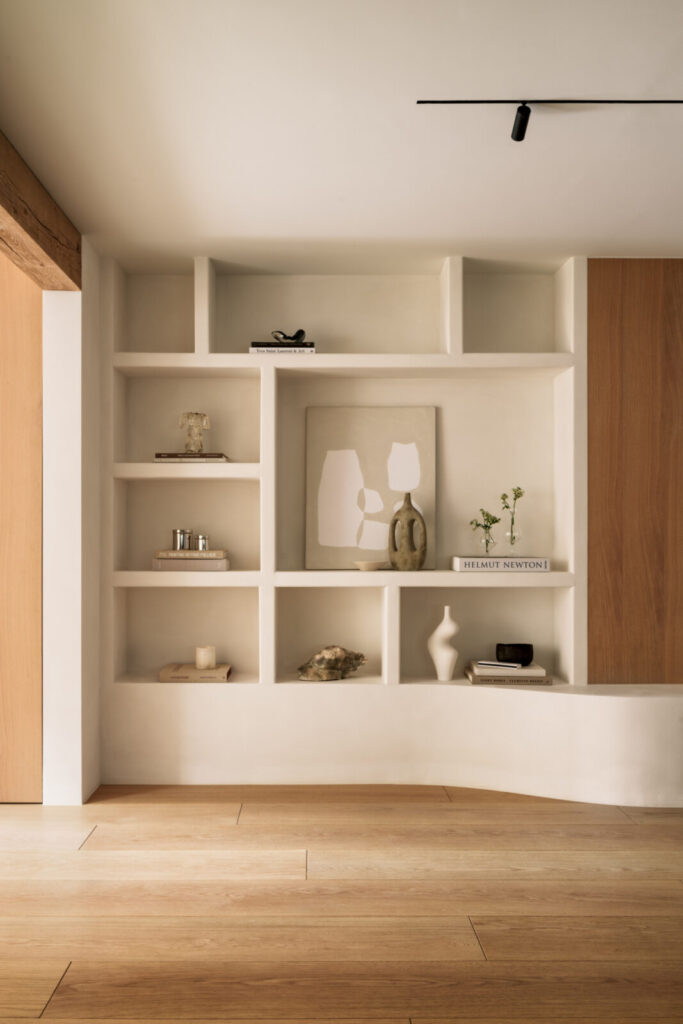
Some practical storage solutions that increase the efficiency of a workspace include shelving units for storing books, reference materials, or accessories, and vertical placements such as hanging file folders or wall mounted organizers with hooks or pockets that keep frequently used items easily accessible. Other simple and ingenious solutions that immediately enhance the efficiency of our workspaces are drawer dividers to keep small items like stationary, paper, and clips in their respective places to reduce visual clutter and mobile carts or trolleys that provide a versatile method of transporting and storing various items efficiently.
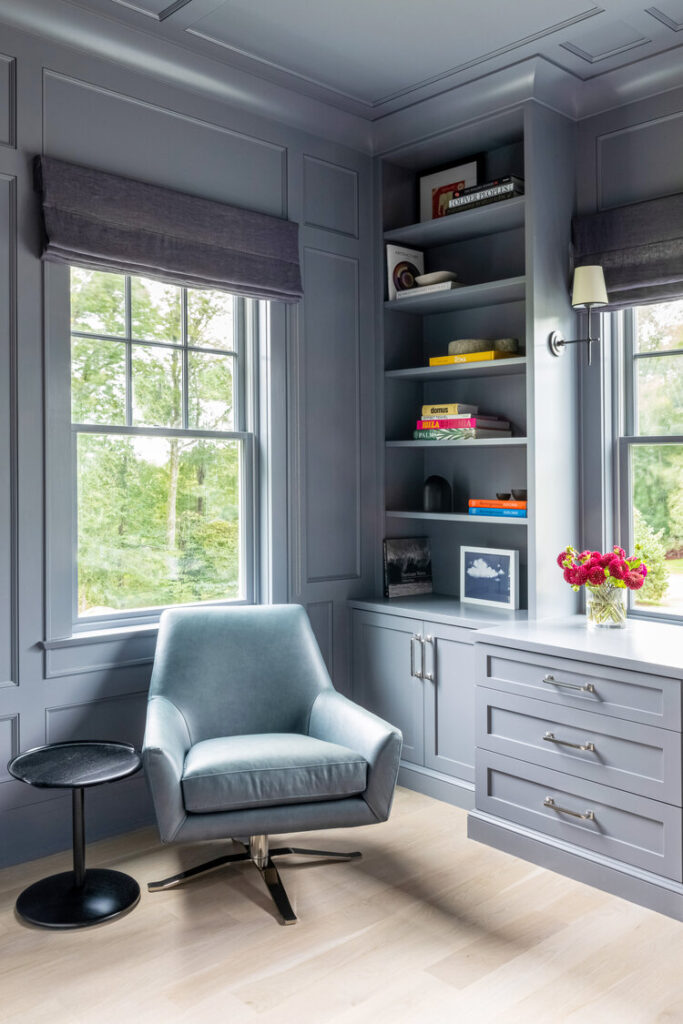
Décor that boosts creativity
Besides words of affirmation and work bonuses, another factor that uplifts employees and improves their motivation day by day is the incorporation of soothing or energizing décor in the form of artwork, motivational quotes, or nature motifs. Such creative and natural elements create an encouraging atmosphere that keeps individuals in touch with their imaginative selves and promotes an artistic or inventive vision instead of stifling it within bare and empty walls.
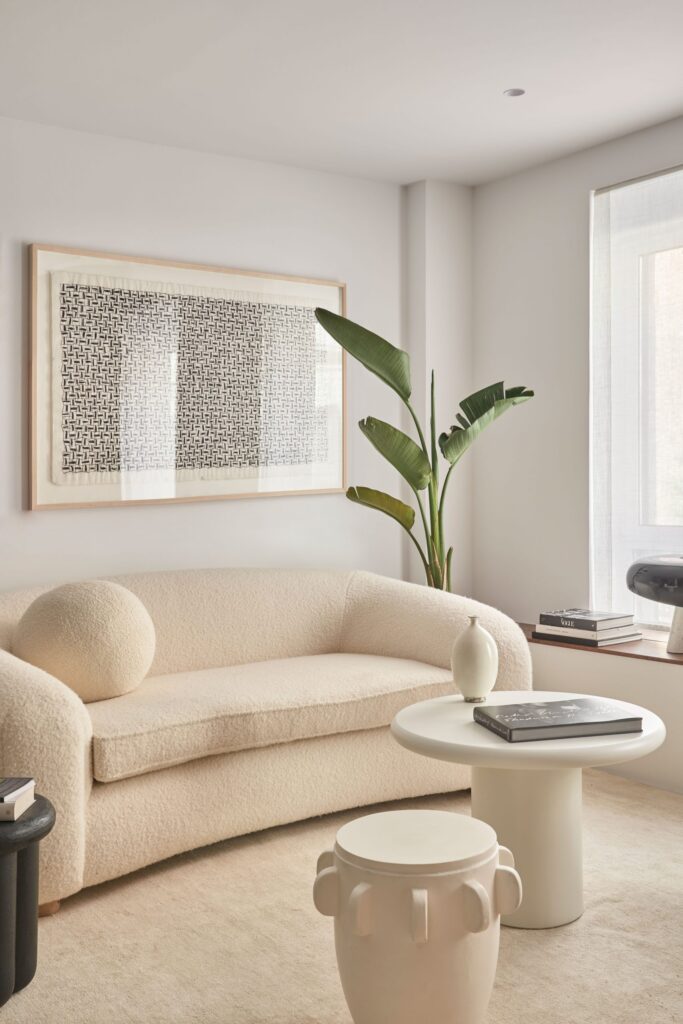
On the one hand, artwork as well as innovative and visually appealing designs and installations prove to be the most straightforward method of evoking emotions, creativity, or even capturing an organization’s values in visual form. As a complementary means or by itself, nature also has a value to workspaces for its calming and nurturing effect on humans. This element can include office plants or natural themes like floral décor, landscape paintings and photography, or scents that are reminiscent of the forest and ocean. Nonetheless, an element that is always present in any interior and which also reflects on our mood is color. This last factor can promote energy, focus, or relaxation depending on the shade and position in the color spectrum based on color psychology research.
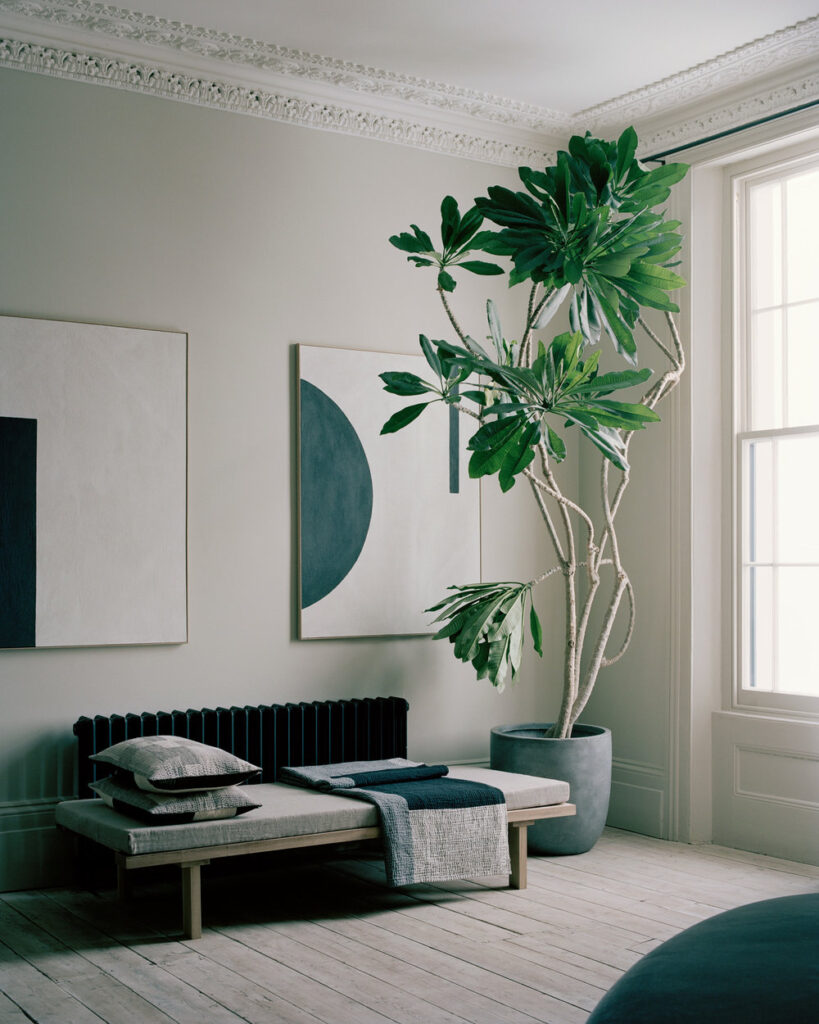
A final comment
Every day brings unexpected challenges and joys that we cannot control or prepare for, even as we strive to face our jobs with the best possible mindset. However, one aspect which can be controlled is the atmosphere and message we want to create through our workspaces. By creating organized, comfortable, healthy, and inspiring environments, we can meet the obstacles, tasks, or uncertainties that come our way with stronger and more flexible dispositions knowing that we find ourselves in a supportive environment.
